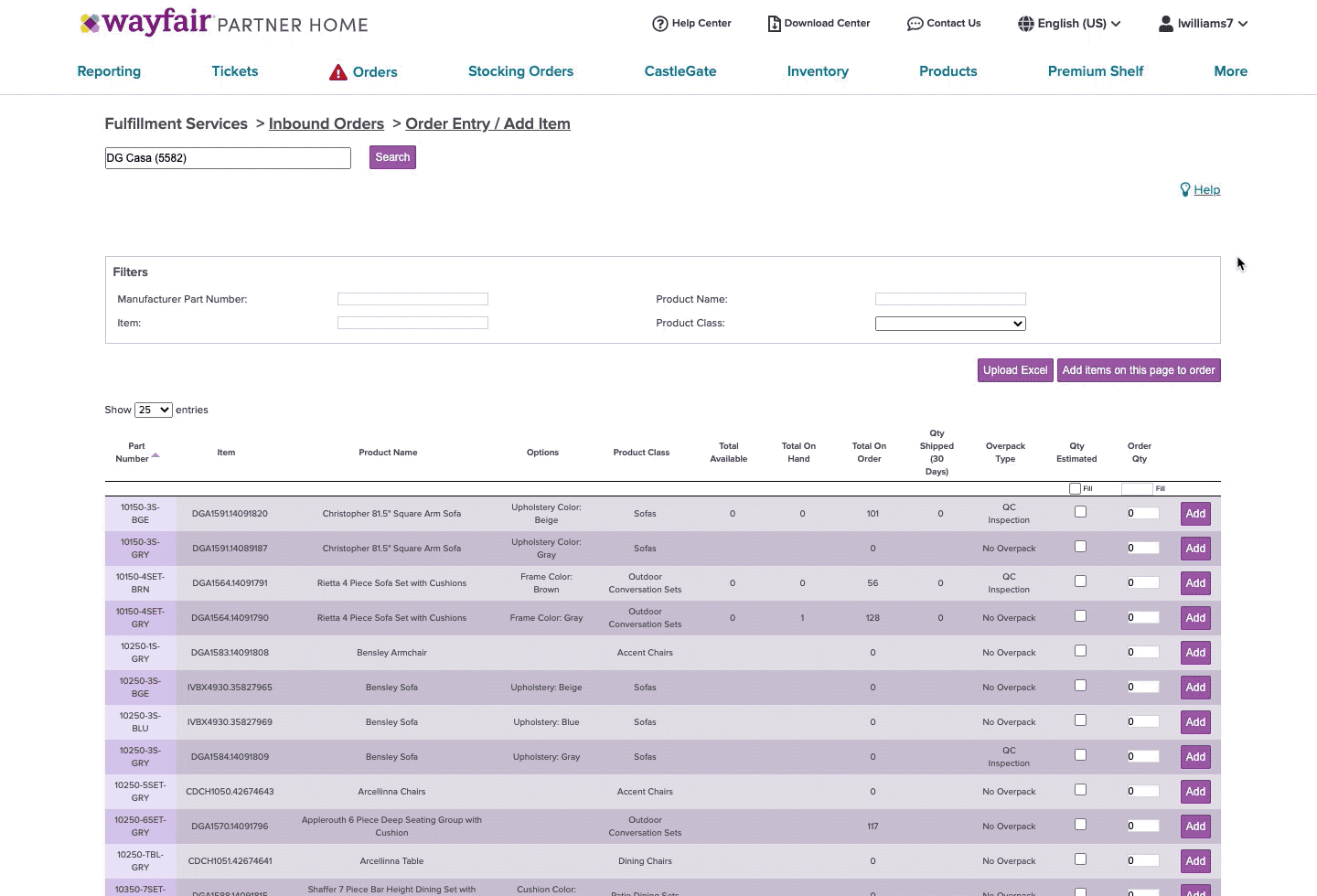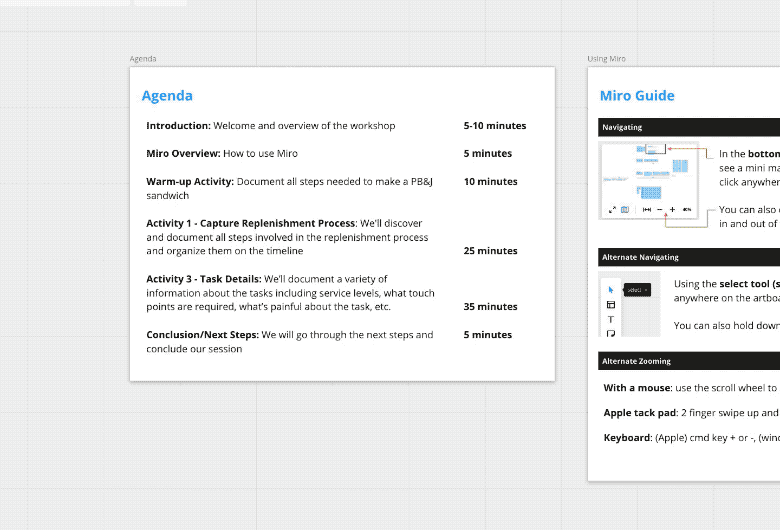Wayfair
When I joined Wayfair I was placed on a team that primarily worked within a group and product called CastleGate. Most online ordering at Wayfair and other companies is done through a process known as dropshipping. With dropship orders, Wayfair acts as a middleman, enabling a supplier to list their goods for sale, and Wayfair facilitates the sale and passes on shipping information to the supplier. The supplier is then responsible for shipping the item to the customer. This process may be expensive and slow if the supplier’s warehouse is in California and the customer lives in Maine. Amazon also facilitates dropship sales, but their Prime service pioneered a different kind of online sales model which normalized two-day delivery. CastleGate provides the same kind of service as Prime, but for Wayfair items and without requiring a subscription from their customers.
A supplier pays Wayfair to warehouse their goods for them at a variety of Wayfair-owned warehouses strategically located around the country and internationally. Additionally Wayfair is responsible for delivery of the items from those warehouses and to the customer to ensure speedy delivery. This is a more complicated relationship because suppliers need to balance the benefit of increased sales because of the quicker delivery with the cost of paying Wayfair for storing their goods. This relationship is facilitated by sophisticated forecasting and a great deal of internal tools and products for Wayfair suppliers. The tools which support this process have been my focus area during my time with Wayfair.
One of my first and continuing tasks has been to improve the overall Order Entry experience for CastleGate suppliers. This is the tool which provides a list of inventory and quantities Wayfair would like the supplier to send us and enables the supplier to adjust and agree to send those items to our warehouses. Here’s how it looked when I was hired…
It was fairly bare bones and it primarily relied on an Excel upload and download feature for doing most actions. There’s a lot of complexity to this process beyond choosing items and quantities. For example, items need a source (where the goods will come from) since suppliers may have multiple warehouses and factories located around the world as well as details about how these items will come to Wayfair warehouses—if the supplier is handling that or using Wayfair logistics, how many truckloads or shipping containers can we expect, etc. It’s a complex process and a world I wasn’t familiar with, so the first thing I needed to do was to understand this journey. To that end I interviewed internal users known as planners who do most of the work (supported by other internal tools) to plan and propose inventory for suppliers as well as interviewed a couple of suppliers to understand their needs. From that I produced a fairly straightforward journey map of the process.
After this began a process of designing a new experience for our suppliers to use. The main goals were to enable our suppliers to perform all their tasks within Partner Home (Intranet for suppliers) without relying on Excel, increase adherence to proposals, increase adherence to destination warehouse, and reduce errors. Lastly our other constraint was to only use the design language and components provided by Wayfair’s design system, called Homebase.
After a few rounds of designing, iterating and testing we arrived at this MVP.
This page (above) is where a supplier edits a proposal and sees a great deal of contextual information to help them make better replenishment decisions.
On this page (above), after items and quantities are chosen, the inventory is organized into individual shipments. Additionally the team developed a ML model to automatically organize the supplier’s approved inventory into full truckloads and shipments coming from a single source and being optimally positioned throughout Wayfair’s network of warehouses. Visually this may not be the most impressive tool, but it was an incredible improvement to the supplier’s overall experience. The tool was launched at the end of Q2 2020 and by the end of Q4 had over 80% adoption, achieved 90% destination adherence and compared to the previous half-year, $100M more inventory flowed through it than the previous tool. Lastly it’s forecasted that $1.5B worth of inventory will flow through this tool over the next 9 months. So, the tool was greatly improved overall, but we learned a ton and there was room for more improvement.
During this time I learned about multiple other order entry tools owned by a variety of other teams. For example…
This was a port-to-door as a service piloted by a separate team within Wayfair. This was a pilot to allow suppliers to utilize our shipping and logistics service network for their inventory but not to sell on Wayfair.
A different team built a small-scale order entry app for small single-shipment suppliers.
The EU division was also utilizing their own order entry process which was also entirely Excel based. Additionally there was a lot of crossover and opportunity to simplify how the order entry tool interacted with a separate order management tool.
So… working closely with my product partners we campaigned to try and consolidate this enormous sprawl of tools into a single experience built off the success we had with order entry.
To begin this process of unifying all these tools I had to again first understand all of them and validate their similarities and account for their differences. To do this we created a survey for suppliers and I ran a series of workshops with each team, which looked a little something like this.
After the workshops I needed to consolidate these disparate journeys into a single timeline...
...then distill all the learnings to something presentable to the business.
This ended up being a kind of service blueprint which really made clear just how closely related these tools were from a supplier’s perspective and that largely the differences among all these tools were self-imposed by Wayfair.
After creating a presentation and going on a bit of a road show in the company we got the go ahead and ownership of requisite data and tools to begin work on unifying all these disparate experiences. Beginning Q2 of 2021, I’m now designing a new unified order entry experience that will improve upon the previous version and consolidate a lot of other tools within Wayfair.
While this was my main focus, I also worked on many other smaller initiatives including improving a tool for suppliers to register and add factories and warehouses to Wayfair’s system, consolidating U.S./Canadian suppliers into a single North American supplier group so suppliers don’t need to manage their Wayfair experience under two accounts, and a plethora of other small feature improvements and enhancements.






